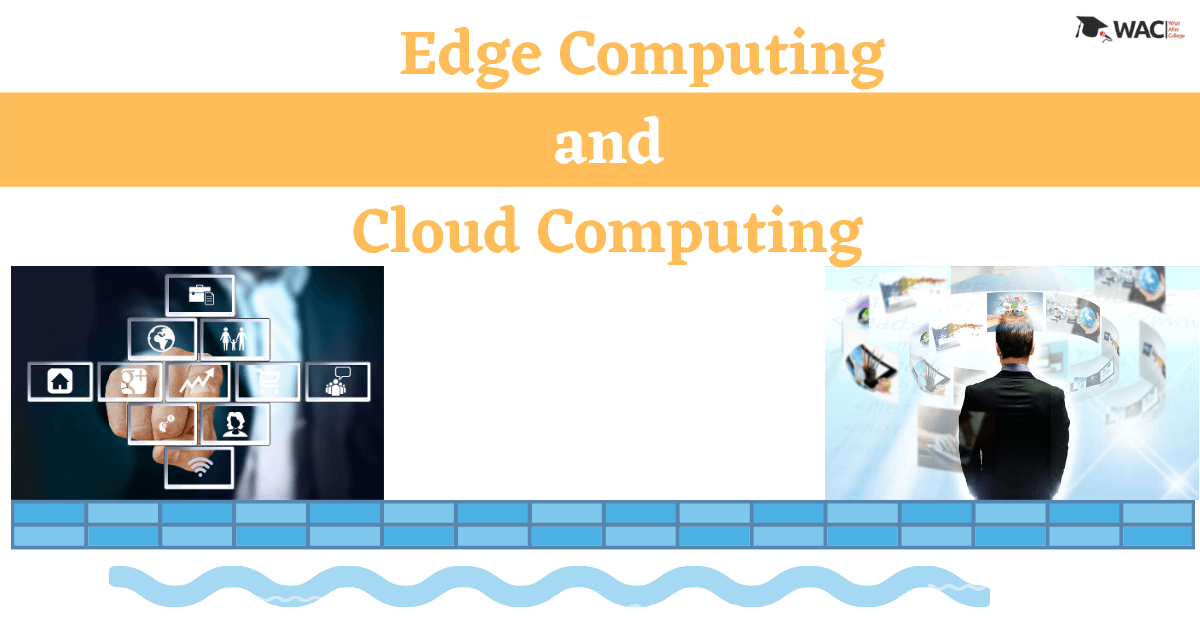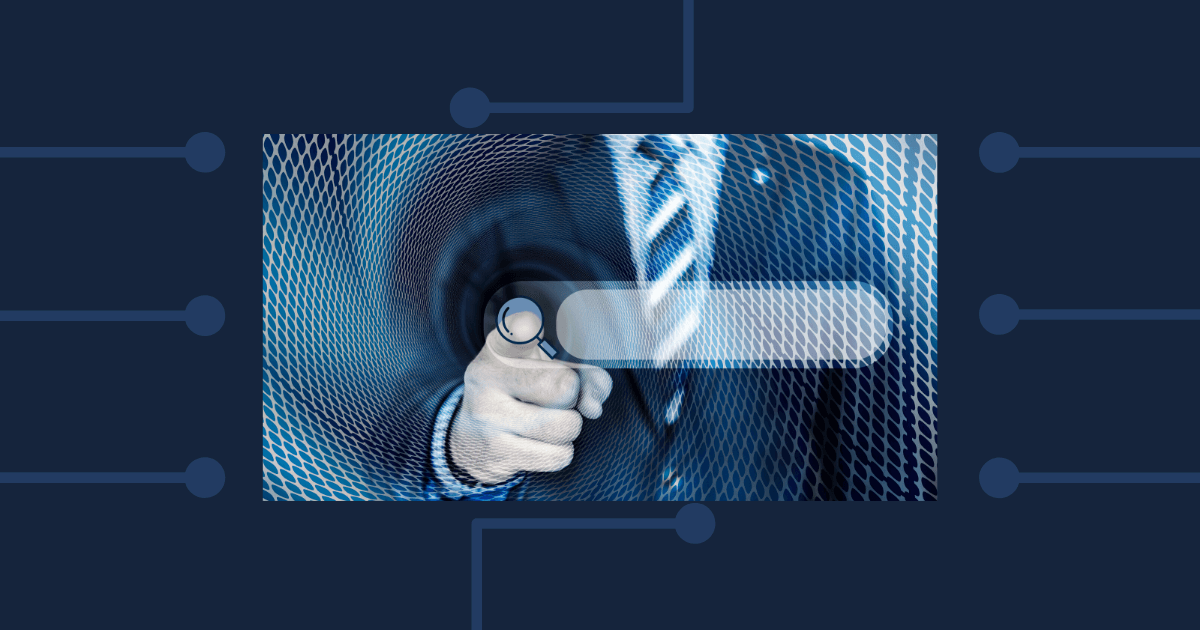Edge computing and cloud computing are often addressing as if they are techniques to digital infrastructure which are mutually exclusive. Although they can work differently, the use of one does not prevent the use of the other. In fact, they complement each other quite effectively in practice.
Edge Computing is an alternative strategy to cloud computing, oppose to the “Internet of Things”. It’s just storing real-time data close to the data source, which is the network’s ‘edge’. Besides a centralized cloud or data center or data storage venue, but it is about applications running. And also, as near as possible to the place where the data produced.
What are Edge Computing and Cloud Computing?
Edge Computing:
Edge Computing is an alternative strategy to cloud computing, as contrasted to the Internet of Things. It’s just storing real-time data close to the data source, which is the network’s edge. Besides a cloud or data center or data storage venue, it is about running applications to where the data produces.
There have been two problems with this system. First, traveling from the edge device return to the processing facility takes time for the data. This delay may be only milliseconds, but it can be critical. Second, all the data flowing back and forth between the network edge and center places enormous pressure on bandwidth. This combination of high volume and distance traffic can delay the network down to a crawl.
Network latency can have severe implications for IoT apps. Take the self-driving cars for instance. Driverless cars gather large quantities of data from their surroundings, as well as from other nearby devices. If the response time of the vehicle depends on orders from the computer resources at the center of the network. So practically the smallest delay may be a life and death situation.
Cloud Computing:
All data stored and analyzed in a central location in a cloud computing environment, typically inside a data center. All devices that need to access the data or use related applications must first access the cloud. The cloud usually easy to protect and regulate since everything centralized while still letting reliable remote access.
One major drawback of edge computing as they only store data collected locally. And also, making it impossible for them to use “big data” analytics of any kind. Cloud computing facilitates a degree of large-scale data processing at the edge of the network that is currently not possible.
Cloud computing can collect huge amounts of data with its incredible storage and processing potential. And also, analyze it in a variety of ways to generate valuable insights, trends, and solutions. Cloud computing’s data processing capabilities have also helped make artificial intelligence and machine learning more feasible.
Edge Computing or Cloud Computing, which is better?
However, opting to highlight edge or cloud computing is not a “either/or” proposition. IoT devices become broader and more efficient. Companies will need to adopt successful edge computing technologies to maximize this technology ‘s potential. Companies can optimize the capacity of both methods while reducing their drawbacks by combining edge computing with integrated cloud computing. Many would attempt to do so by putting their IT technology with a data center.
Through integrating edge computing data-gathering ability with the cloud computing space and computing power. Companies can keep their IoT devices running quickly. And also efficiently without losing valuable analytical data that could help them develop services and encourage growth.
It is doubtful that the future of the network where connectivity will be located. Either on the edge computing or in cloud computing but somewhere in between. When businesses try to evolve and become more competitive in implementing these two models. They will certainly find new ways to make the most of their respective benefits and use them to solve their disadvantages.
All you need to know about IoT
| Introduction to IoT | Career Options after IoT |
| IoT in Business Growth | How IoT works? |
| Future of IoT | Benefits of IoT |
| Disadvantages of IoT | Salary After IoT Course |
Learn IoT
| Top 7 IoT University/ Colleges in India | Top 7 Training Institutes of IoT |
| Top 7 Online IoT Training Programs | Top 7 Certification Courses of IoT |
Learn IoT with WAC
Other Skills in Demand
| Artificial Intelligence | Data Science |
| Digital Marketing | Business Analytics |
| Big Data | Internet of Things |
| Python Programming | Robotics & Embedded System |
| Android App Development | Machine Learning |


